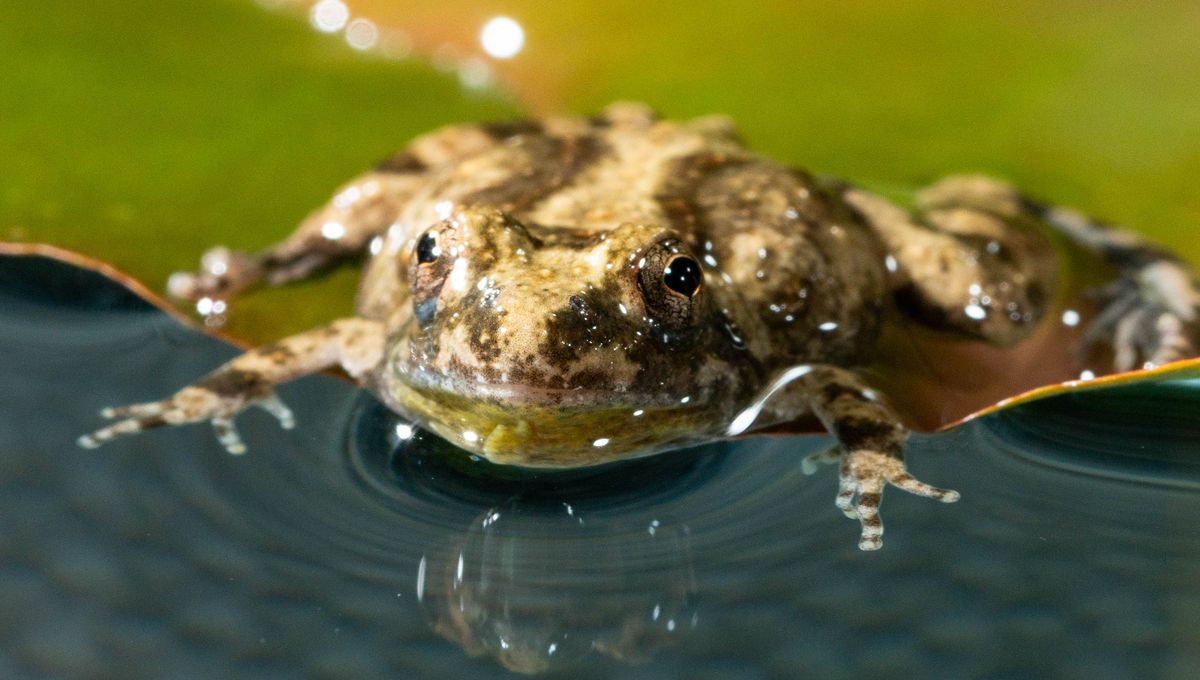
Frogs are pretty impressive little creatures – but they don’t always tend to have accuracy and physics on their side when it comes to locomotion. By looking at the cricket frog, researchers have discovered the secrets to their strange locomotion, and it has all to do with some high-speed bellyflops.
Cricket frogs (Acris crepitans) in the family Ranidae have long been known to be able to traverse the water’s surface, seemingly without sinking, in a form of locomotion known scientifically as skittering. But how are they doing this? To find out, the team took to high-speed videography to slow down the frogs’ movements across a body of water.
“Skittering is not actually a well-defined word for this behavior – one naturalist used it to describe a ‘jumping on water’ behavior in frogs in 1949, and since then, it’s been used for this type of locomotion in all the following literature,” said the study’s first author, graduate researcher Talia Weiss, in a statement. “Part of this research is not only studying this behavior in cricket frogs, but to try and give ‘skittering’ a more precise, scientific definition.”
Cricket frogs are pretty small and would fit on the thumb of an adult human’s hand, yet they possess extraordinarily fast motion. To record how they were traveling over the water, the team set up a camera to record at 250 or 500 frames per second. A tank containing water and floating platforms was set up, and the frogs were filmed crossing from one end to the other.
Most frogs jumped three to four times across the surface – and, surprisingly, were recorded fully submerged in the water before each subsequent leap. The team observed wild frogs jumping up to eight times in a row. The team defined each jump cycle as consisting of four phases, with a “takeoff, aerial, re-entry and recovery”, and each jump takes less than a second. The movement was likened to the “porpoising” movements of dolphins that travel both above and below the surface of the waves.
“It’s fascinating how easily we can be fooled by fast animal movements,” said study co-author and leader of the research team, Professor in Mechanical Engineering Jake Socha. “Here, we’re fooled by a frog that appears like a skipping stone, but is actually jumping and dunking multiple times in a row. Frogs are great jumpers, but most of them don’t exhibit this porpoising behavior, and we still don’t know why. Is there something special about the frog’s leap, or is it simply a matter of small body size?”
While there are still questions about the belly-flopping frogs, we’ll be watching that video on repeat until we find out.
The paper is published in the Journal of Experimental Biology.
Source Link: Watch Frogs Fling Themselves Across The Water's Surface – One Impressive Belly Flop At A Time